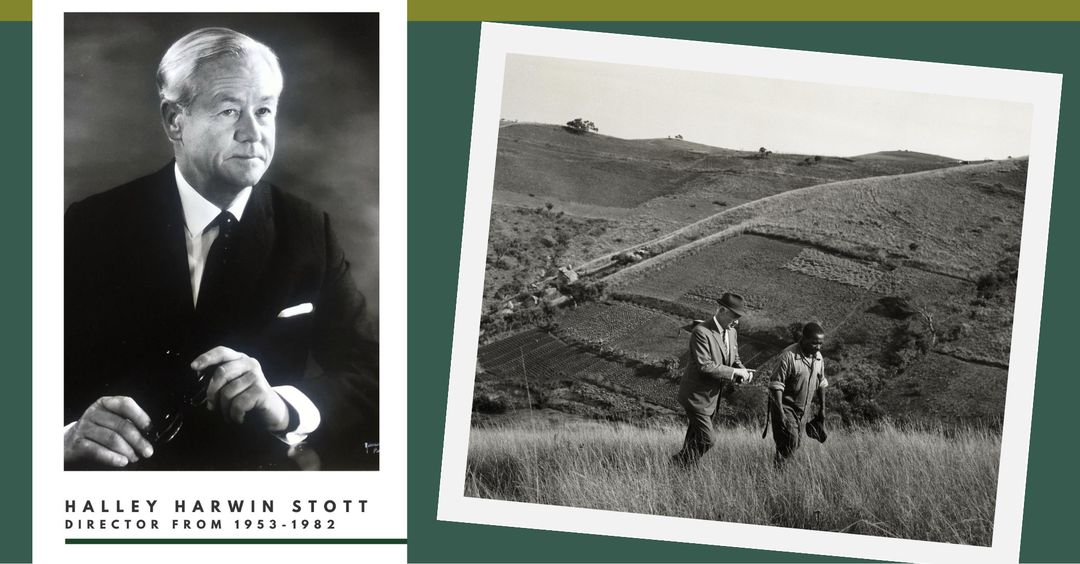As a young doctor working in hospitals in the Durban area, Halley Harwin Stott was deeply concerned to see how patients from the rural areas would come into hospital suffering from TB and other preventable diseases. They would return home only to be readmitted to hospital within months. He was convinced that with correct information about nutrition and agriculture their situation and lives could be transformed. In 1950 he moved with his wife and five children to Botha’s Hill and bought land on the edge of the Valley of 1,000 Hills ‘Reserve’.
He met with the local chiefs and community leaders and, with their approval, built a clinic in Qadi/Nyuswa, on the road leading down into the Reserve. This opened its doors to the local community in 1951, with Halley as the medical officer in charge. He was joined by his relative, Dr John Ackerman. Patients flocked to the clinic, and Halley soon established a system of home visiting by trained nurses with the aim of keeping people in their homes and communities as far as possible.
The clinic provided the backbone to the service Halley wanted to provide to the community – its outreach arms came through the parallel organization, The Valley Trust (TVT), established adjacent to the clinic as a not-for profit organisation, in 1953. Clinic nurses were trained to advise patients to go across to TVT for advice on how to prepare food for their children and how to grow the vegetables they so desperately needed to secure their health.
From its inception, ‘health promotion’ or a holistic approach to health, was the driving motivation for The Valley Trust. Nutrition, soil health, water preservation, sustainable agriculture, income generation, recreation, leadership and many other aspects of life that impacted health were integrated into TVT’s work. Central to these activities was respect for local culture and practices and every effort was made to work together with traditional leadership and traditional health practitioners and to build the skills of local people.

